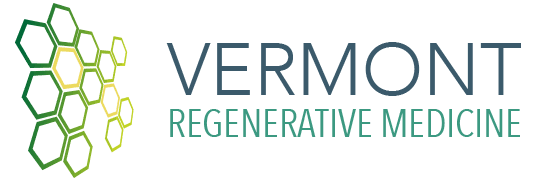Medications
Remember: the goal is improved physical and emotional function more than merely pain control!!!
Glucosamine sulfate 1500-2000mg with Chondroitin sulfate 1200mg/day (taken once daily with food) are the only proven joint cartilage protective medicines known and are highly recommended, whether it provides symptomatic relief or not!
Tumeric (standardized 95% curcumin extract) 500-1000mg twice daily with meals, with Bioperine (piperine, black pepper extract to increase absorption) 5-10mg, with or without Boswellia (standardized) 250-600mg also twice daily, has proof that it is as or more effective than ibuprofen and naproxen, without the cardiac, gastrointestinal or kidney risks! Great way to wean off Advil/Aleve/prescription anti-inflammatory medications. Doesn’t interfere with PRP or BMC.
High dose concentrated fish oil (to get at least 2000mg/day of EPA) is great for circulatory and joint health and as a way to lower systemic inflammation and counteract (somewhat) an inflammatory diet (S.A.D. or standard American diet!).
Other research proven supplement is SAM-E 400-600mg twice daily without food. SAM-E cannot be taken with most anti-depressants.
Although not well proven it can be worth trying either an herbal anti-inflammatory combination product like Zyflamend or food enzyme product like Wobenzyme, taken 3x/day between meals.
Regular medication would typically be sustained release acetaminophen (Tylenol) and NSAIDS (ibuprofen, naproxen, diclofenac, Celebrex, etc.). I strongly recommend against NSAIDS as they have very significant risks, and actually cause progression of arthritis!
The homeopathic creams T-Relief, Topricin or Triflora can be worth trying, especially for hands and feet.
Medication topical alternative is the NSAID Voltarin (diclofenac) gel applied 4x/day for a 1 week trial, and, if effective, 2-4x/day.
Topical capsaicin cream 0.025% (Zostrix, etc) applied 4x/day has been proven to improve pain (but it does burn initially!) and works best on hands and feet.
Procedures
Injections of hyaluronic acid gel (Hyalgan, Synvisc, Supartz, Euflexxa, etc) weekly or biweekly for 3 sessions. Generally only insurance covered for the knee, with pre-approval often necessary. Results are variable, take an average of 5 weeks after treatment to see an effect, but when effective it can provide up to 6 months of relief. If there is excess fluid in the joint it must be removed first (via ultrasound guidance) or the chance for improvement is greatly diminished.
Prolotherapy injection into the joint and supporting ligaments (using hypertonic dextrose solution) to stimulate the body to release growth factors and restart the healing cascade, done using ultrasound or x-ray guidance. Typical treatment course would be monthly for 4-6 months. These would not be covered by most insurance companies. Can be quite effective when there is no excess fluid in the joint and can tighten up loose ligaments that often cause instability and pain.
Regenexx® SCP Super Concentrated Platelets (autologous highly concentrated and purified RBC free and leukocyte poor platelet rich plasma) injections done every 4-12 weeks 2-3 times, done using ultrasound or x-ray guidance. Not usually covered by insurance carriers at this time, other than federal Blue Cross for the knee and Tricare for knees and tennis elbows.
Regenexx SD (same day) autologous bone marrow concentrate (BMC) injections, taken from a patient’s posterior pelvis / iliac crests as a bone marrow aspirate that is then super concentrated in our on-site laboratory and injection into the involved joint and (if needed) inside the bones about the involved joint, done using ultrasound and/or x-ray guidance. Not covered by insurance, with rare exceptions.
Arthroscopic debridement (house cleaning) is rarely done and in and of itself is often not very effective unless there is blocked motion from degenerative changes. When this is done it is best to follow up with SD and/or SCP once the swelling goes down.
Joint replacement surgery would be the last option, and “success rate” is 85% but satisfaction with the results is in the 50-60% range (higher for Regenexx SD in good candidates!).
